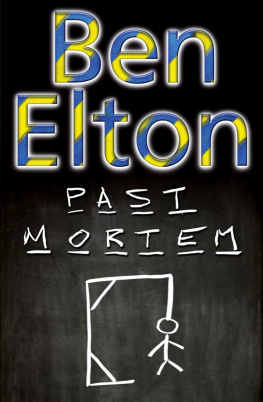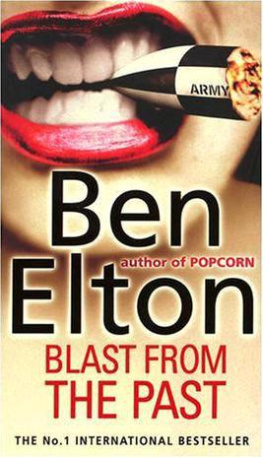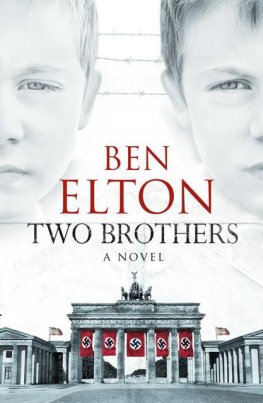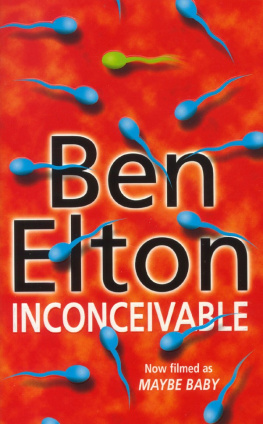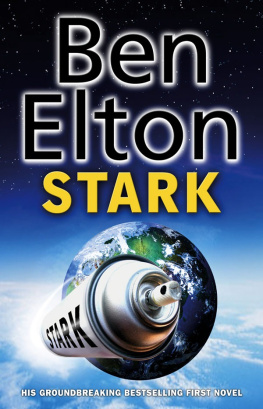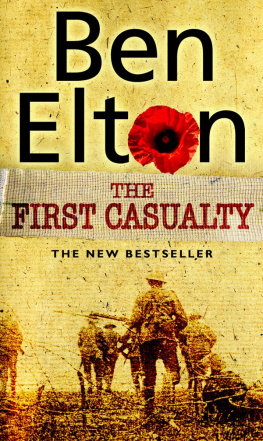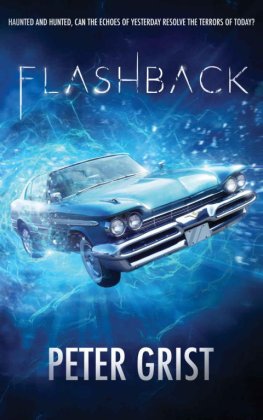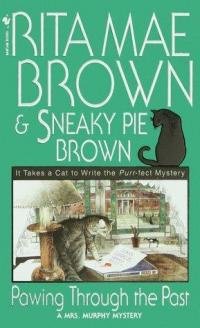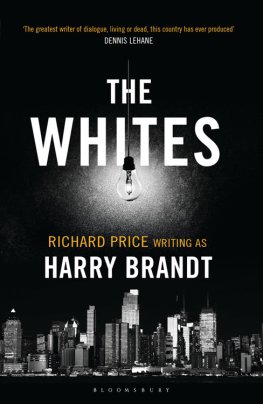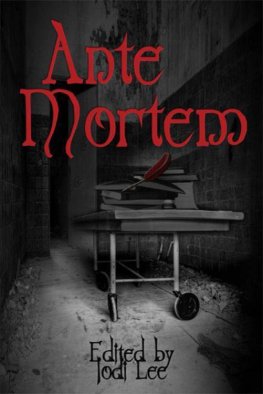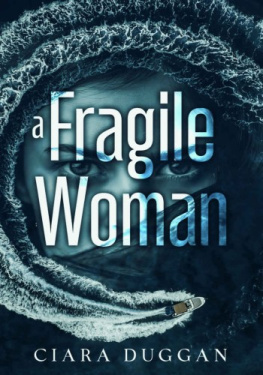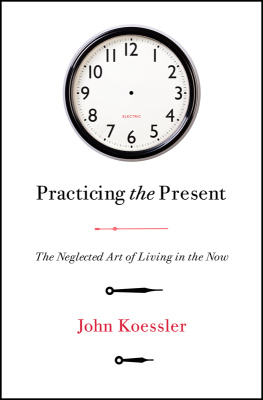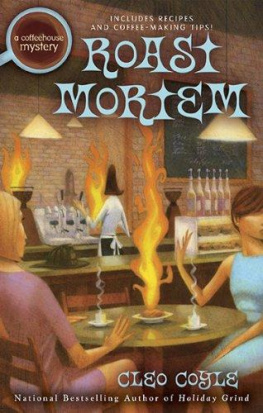Past Mortem
by Ben Elton
2004
With old friends like these, who needs enemies? It's a question short, mild mannered detective Edward Newson is forced to ask himself having in romantic desperation logged on to the Friends Reunited website searching for the girlfriends of his youth. Newson is not the only member of the Class of '86 who has been raking over the ashes of the past. As his old class begins to reassemble in cyberspace, the years slip away and old feuds and passions burn hot once more. Meanwhile, back in the present, Newson's life is no less complicated. He is secretly in love with Natasha, his lovely but very attached sergeant, while comprehensively failing to solve a series of baffling and peculiarly gruesome murders. A school reunion is planned and as history begins to repeat itself, the past crashes headlong into the present. Neither will ever be the same again. In Past Mortem, Ben Elton previous winner of The Crime Writers' Association Gold Dagger Award for Popcorn delivers both a heart-stopping thriller and a killer comic romance.
ONE
T he victim died as he had lived.
Cruelly.
Except more so.
Seldom in the investigating teams experience had a murder scene howled horror in the manner that this one did. A brute had been slaughtered end the ugliest moment in an ugly life had undoubtedly been its passing.
Good riddance, they muttered up and down his street. Dyings too good for the bastard.
The dead mens name was Adam Bishop and before en unknown hand had stripped him naked, taped him to his bed end inflicted upon him the many hundred skewered wounds from which his life had flowed, he had been a fifty-five-year-old builder, a self-made, wealthy man, married with six children, all of whom, like most people, were terrified of him.
It was perhaps the size of the man that made the tableau of his death so peculiarly ugly. The vastness of his surface area had allowed for so many, many punctures. And then there was his face, apparently untouched by the killers instrument of torture, mean and bloated, cruel even in death. His neck was as wide as his head, and beneath each ear was a tattoo, Millwall FC on one side and a crossed dagger motif on the other. Adam Bishop had the appearance of a man the wary might cross the street to avoid. His had been an eye that sensible people endeavoured never to meet.
Now his eyes were closed, glued shut by a bloodied yellow crust, which had matted the upper and lower lashes together. Later, on a morticians slab, when those lids were prised open, it would be discovered that the killer had used his skewer repeatedly on the victims eyeballs. The last thing that Adam Bishop had seen on earth was the face of his tormentor in the process of blinding him.
What goes around comes around, people assured one another over celebratory drinks in the local pubs. As ye sow, so shall ye reap.
Detective Inspector Edward Newson held a handkerchief to his nose and struggled to contain the nausea he felt welling up in his stomach. He must not be sick. He knew that. Puking on vital forensic evidence would not only hinder his investigation, it would inevitably lead to taunting from his colleagues. Newson was aware that he was already something of a figure of fun amongst the rougher element of Scotland Yard, and he dreaded provoking them further. Besides which, Detective Sergeant Wilke was also present at the murder scene. Detective Sergeant Wilkie was a very attractive woman, or so Inspector Newson thought, and although he harboured no false hope that she could ever be his, he still did not wish to vomit in her company.
Natasha Wilkie had a new hairstyle that day, a short blonded bob which shone prettily beneath a rather rakish trilby hat. Newson thought it looked very nice and said so. Sergeant Wilkie replied that she thought the whole thing made her look like a boy, which was a ridiculous notion. Natasha Wilkie was not a girl who was ever going to look like a boy, no matter what hat she was wearing or how short her hair was.
Inspector Newson had been the last member of the investigation team to arrive at the murder scene, a large detached house in Willesden. The traffic had been slow and there had been e kerfuffle at the front door when hed been required to show his warrant card in order to gain access. This was not en uncommon experience for Inspector Newson. He did not look like e policeman, or et least what people think a policeman ought to look like. Particularly one whod achieved such seniority at a comparatively young age. He was thirty-four years old and already a detective inspector, but at five feet four Newson was not just short for a copper he was short for anyone. He was also pale and freckly. A ginger, in fact, but not ginger in a fierce Celtic-type manner, more ginger in a look at that ginger shortarse sort of way.
Newson had kind eyes, and he always tried to smile when greeting people. He had been smiling when the constable standing guard at the front of the house had curtly asked him where the hell he thought he was going. When the constable realized his mistake he was embarrassed and apologized, but, as he explained, hed been told to await the arrival of an important officer, and had not expected a man like Inspector Newson.
No one ever did expect a man like Inspector Newson.
When Newson finally gained access to the murder room he was pleased to see that the forensic pathologist in attendance was Alice Clarke, a woman with whom he was well acquainted. Newson always found it easier working with people he knew, people who had had time to get over the fact that they were taking their instructions from a mild-mannered ginger shorty. Besides which, Dr Clarke was attractive in a starchy, efficient sort of way, and the greatest pleasure in Newsons life (and of course the greatest pain) was attractive women.
Hello, Inspector Newson, said Dr Clarke. I was hoping theyd send you.
And vice versa, Dr Clarke, vice versa, Newson replied. He peered at the purple and black cadaver.
Nasty, he said. When dyou think he died?
Between six and nine hours ago, Id say. Early to mid morning, Dr Clarke replied from behind the digital camera, with which she was recording every angle of the position of the corpse. As I think Ive explained to you before, and contrary to popular myth, its rarely possible to pinpoint an exact time of death.
Weve already photographed the scene, Dr Clarke, Sergeant Wilkie pointed out.
Im sure you have, Sergeant, the doctor replied, but like most people these days I find it difficult to entirely trust the police. The mistakes made and the things overlooked, really its quite astonishing. Sometimes I think there should be a judicial inquiry.
Ah, but who could be trusted to collect the evidence? Newson asked.
Good point, Inspector. A foreign force, I think. The Germans are good. Anyway, Sergeant, I prefer to collect my own reference materials so I know Ive got what I want and can get it when I want it.
No need for me to be here at all, then, Sergeant Wilkie said shortly.
Certainly not on my account, Dr Clarke replied.
Newson suspected that a small clash of authority must have occurred between his two colleagues before his arrival on the scene. He decided to ignore it and concentrated on the bloody mound that lay before him.
His watch stopped at two a.m.
The chunky imitation Rolex Oyster was still fastened to the dead mans wrist.
Yes, I noticed that, and I imagine he was still alive when it did, the doctor replied. If thats the cheap copy I think it is then it wont be waterproof. Mr Bishop probably bled into it and it stopped. Dead bodies dont bleed much because the heart isnt pushing the blood around, so he was almost certainly still alive when the watch stopped.
This man bled a lot.
Yes, he certainly did.
Next page
